As tensions between Taiwan and mainland China continue to rise, the island’s defense ministry has unveiled ambitious plans to bolster its combat drone capabilities. However, observers warn that Taiwan is at least five years behind its mainland counterpart in utilizing this technology. The ministry’s strategy includes acquiring locally produced and US-made drones, as well as establishing a new training center for operators, reports SCMP.
Taiwan’s Defense Ministry Presents Plans
On Wednesday, the Taiwanese defense ministry presented its plans to lawmakers, outlining a mix of locally produced and US devices, along with a new training center for operators. The ministry aims to acquire an initial 3,225 micro and small military drones from local suppliers by 2025, in addition to 96 mid-sized surveillance and reconnaissance unmanned aerial vehicles (UAVs) by 2028. The total cost of this endeavor is estimated at NT$6.6 billion (US$206 million).
Observers Warn of Taiwan’s Lag Behind China
Despite the defense ministry’s efforts, observers caution that Taiwan needs to move quickly to catch up with mainland China’s military drone capabilities. They estimate that Taiwan is at least five years behind its mainland counterpart in the utilization of this technology. China has been actively developing and deploying various types of drones for military purposes, giving them a significant advantage in terms of surveillance, reconnaissance, and potential combat operations.
Crucial Factors for Taiwan’s Success
To successfully bridge the gap with mainland China, Taiwan must focus on several key aspects. Firstly, the island needs to prioritize operator training and recruitment to ensure a skilled workforce capable of effectively utilizing the new Drone Technology. Secondly, a joint effort by the defense and civilian sectors is necessary to boost mass production capacity, allowing Taiwan to rapidly expand its drone fleet and keep pace with the mainland’s advancements.
As Taiwan embarks on its journey to enhance its combat drone capabilities, the island faces a significant challenge in catching up with mainland China’s already advanced military drone technology. The defense ministry’s plans to acquire locally produced and US-made drones, along with the establishment of a new training center, are crucial steps in the right direction.
However, the success of these efforts will largely depend on Taiwan’s ability to prioritize operator training and recruitment, as well as fostering a collaborative effort between the defense and civilian sectors to boost mass production capacity. Only by addressing these key factors can Taiwan hope to bridge the gap and effectively counter the growing threat posed by mainland China’s military drone capabilities.
Photo courtesy of EPA.
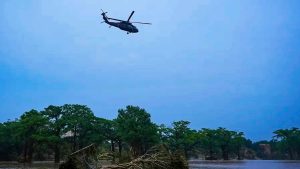
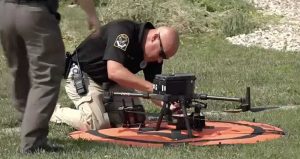


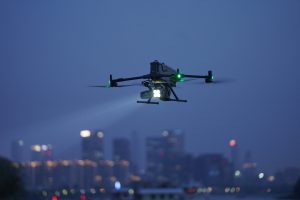

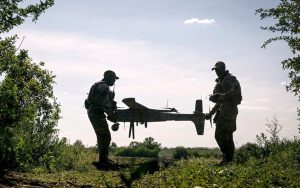


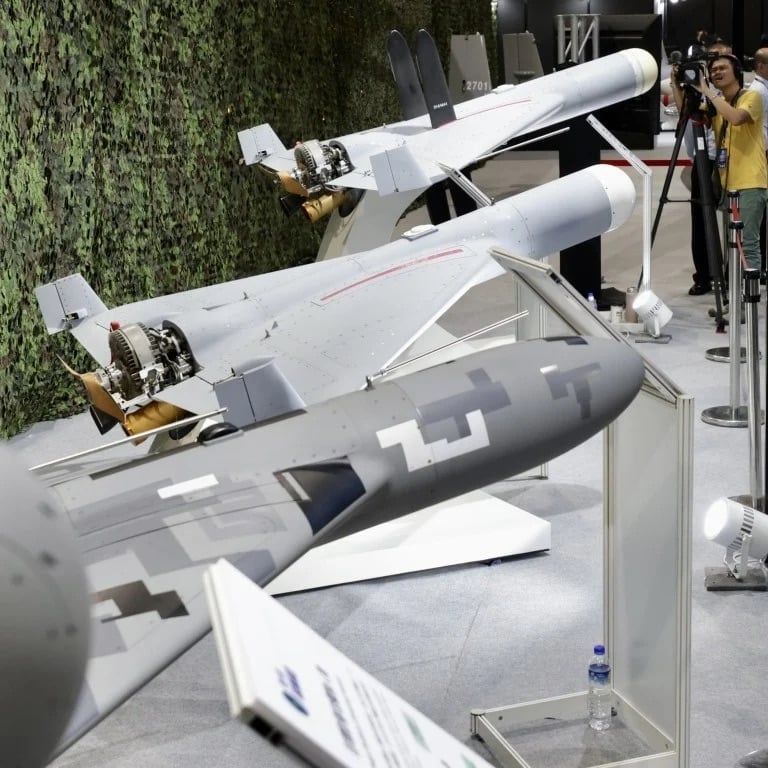

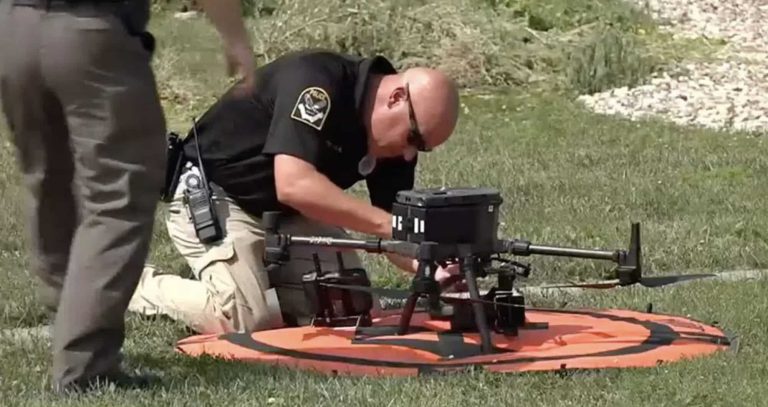


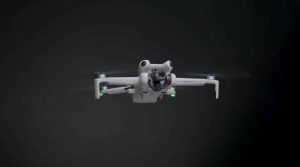
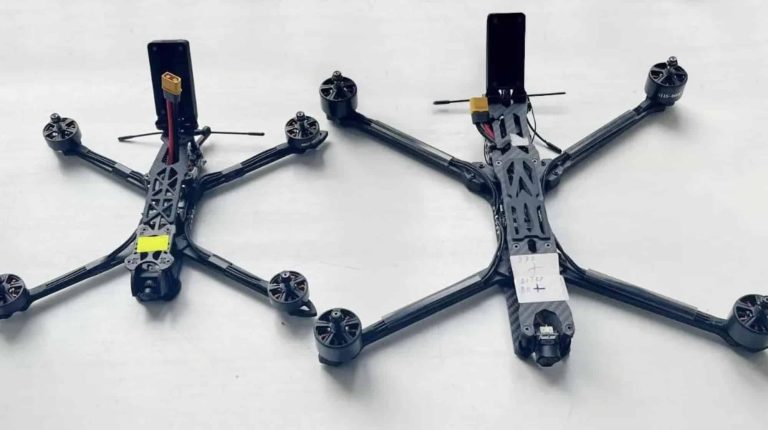
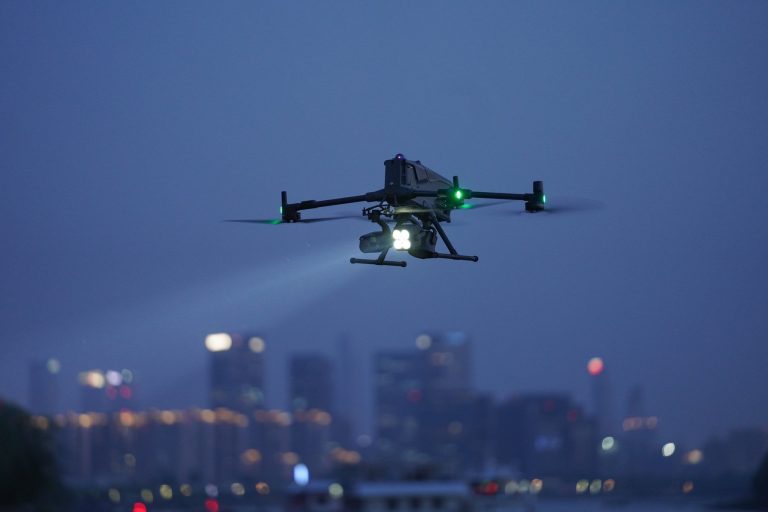
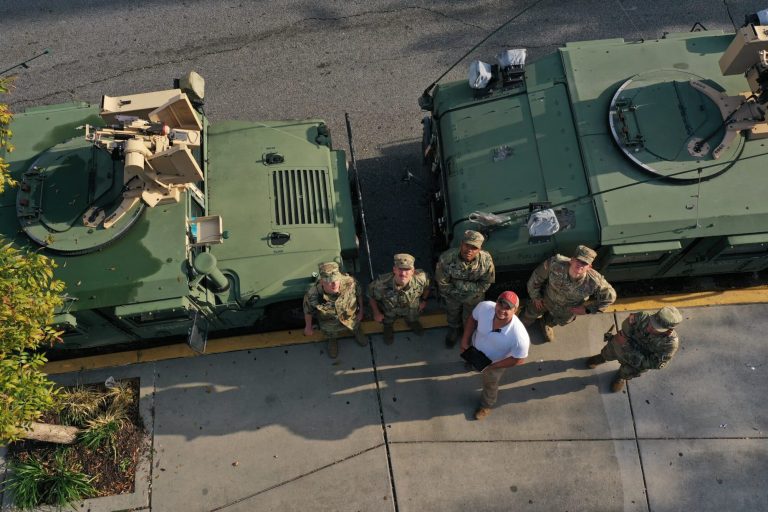
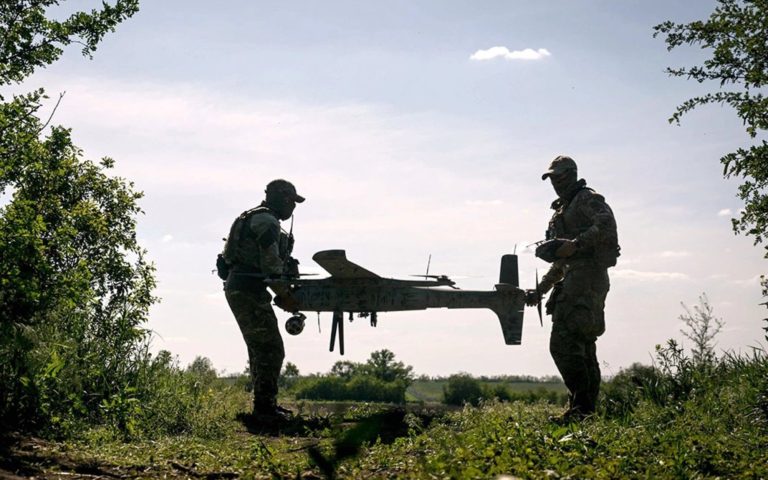
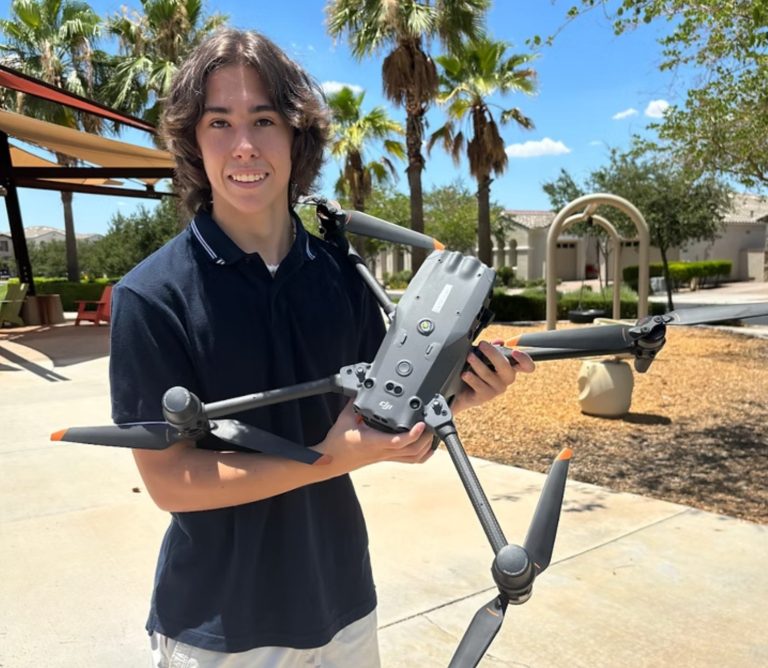
+ There are no comments
Add yours